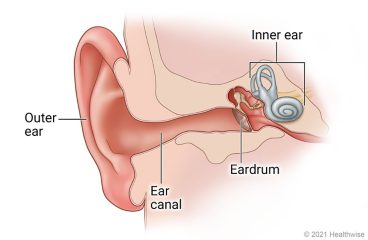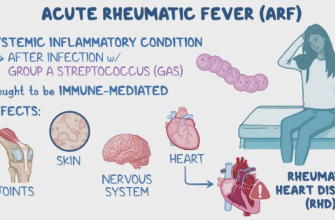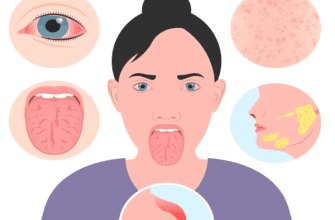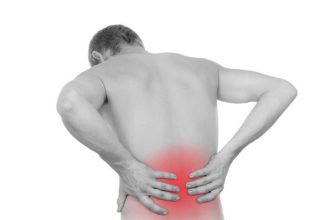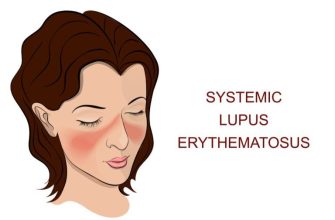1. Etiology
Otomycosis – fungal infection of the external ear canal, rarely affecting the middle ear.
Main pathogens:
- Yeasts (80%):
- Candida albicans
- Molds (20%):
- Aspergillus niger (black deposits)
- Aspergillus fumigatus
Risk factors:
- Long-term antibiotics/steroids
- Diabetes mellitus
- Ear trauma (cotton swabs, earbuds)
- Swimming (moisture retention)
- Immunodeficiency
2. Symptoms
Key features:
- Intense itching (main complaint)
- Discharge:
- White curd-like (candidiasis)
- Black/gray (aspergillosis)
- Ear fullness sensation
- Skin peeling in ear canal
- Mild pain (worse when touched)
Vs bacterial otitis:
- No fever
- Less pain
- Fungal hyphae visible
3. Diagnosis
- Otoscopy:
- Fungal masses (white/black filaments)
- Inflamed ear canal skin
- Microscopy:
- Fungal hyphae/spores detection
- Culture:
- Identifies exact pathogen
- Antifungal sensitivity testing
- Additional tests:
- Blood glucose (rule out diabetes)
- Immunogram (for recurrent cases)
4. Treatment
1. Local therapy:
- Ear cleaning: antiseptic lavage (Chlorhexidine 0.05%)
- Antifungal drops/ointments:
- Clotrimazole 1% solution
- Natamycin (for Candida)
2. Systemic drugs (severe cases):
- Fluconazole 150 mg/day (Candida)
- Itraconazole 200 mg/day (Aspergillus)
Course: 7-14 days
3. Adjunctive measures:
- Discontinue antibiotics (if possible)
- Glucose control (for diabetics)
- Immune support
5. Prevention
- Avoid cotton swabs
- Dry ears after swimming (cool air dryer)
- Disinfect hearing aids/earbuds regularly
- Monitor blood sugar (if diabetic)
- Prevent antibiotic overuse
6. Red Flags
- Ear itch/discharge >3 days
- Hearing loss
- Pain development
- Recurrent infections
- Diabetes/immunodeficiency
7. Prevention Tips
- Don’t scratch ears with objects
- Use swim plugs
- Pat dry ears after showers
- Sanitize hearing devices
- Boost immunity (sleep, vitamins)
